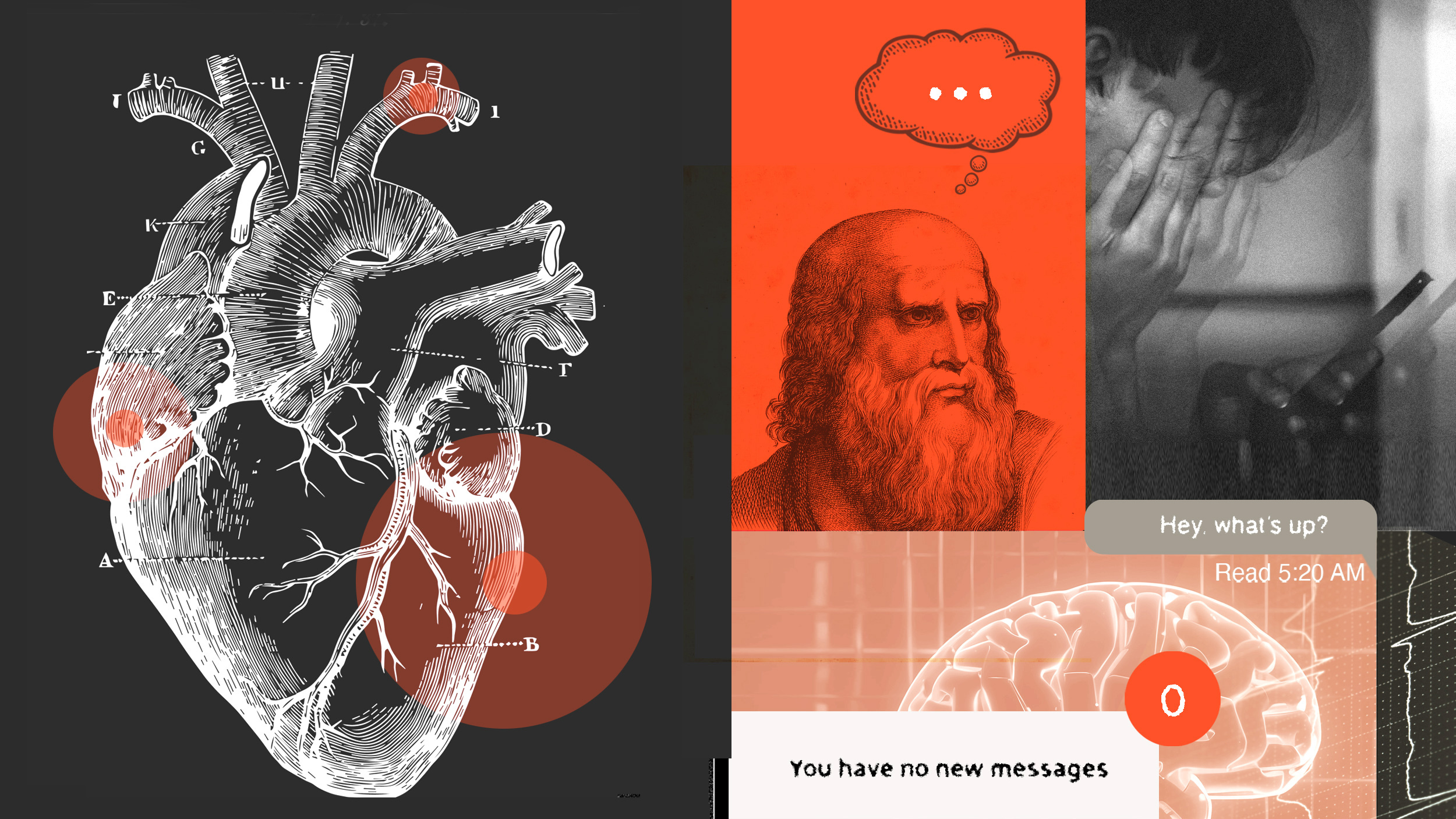The fate of determinism

Last week I wrote about free will, or whether or not we have agency over our own choices.
My initial thoughts on this topic were prompted a few years ago when I was invited to participate in a roundtable discussion about the issue organized by the Foundational Questions Institute (FQXi) with colleagues from different fields, from cognitive neuroscience to philosophy. One of the books I read in preparation was by author and public intellectual Sam Harris, who argued, as many do, that free will is nothing more than an illusion: subconscious processes in our brain seem to make choices before we are consciously aware of it.
A variety of experiments support this conclusion. I argued last week that the situation is not a black and white one, that it can’t be reduced to a simple yes (free will exists) or no (all choices are subconscious). The choices we make in our lives, from what color shirt to wear to whether you should divorce your spouse, span a whole spectrum of emotional and logical complexity, from the trivial to what involves much pondering and give and take.
Complex existential decisions are very different in nature from what has been tested in laboratory experiments. Since we must always work within a set of social, genetic, and cultural constraints, it should be obvious that no one is truly free to make choices. Like a racecar driver that chooses to pass another car on lap eight of a loop course, in real world situations there is some freedom (sometimes more sometimes less) within imposed constraints: complex choices that involve many iterations of internal reflection do seem to depend more fully on conscious thought processes, the weighing out of different scenarios and potential outcomes.
What I didn’t have space to mention last week was the question of determinism, essential in any discussion of free will. In physics, a system is deterministic if its future (and past) behavior can be fully determined by knowledge of its condition in the present. In principle, deterministic physical systems are described by equations that allow us to predict precisely their advance in time.
Like clockwork?
The image of a clockwork (that’s the Prague Astronomical Clock, pictured above) is often used to describe determinism, as in the clockwork universe of the 18th and 19th centuries that led the French mathematician Pierre-Simon Laplace to famously declare that if a super-mind knew the position and velocity of the particles that made up everything in the cosmos—from distant stars to your brain—it should be able to predict the future with certainty. In such a universe, the laws of mechanics would determine everything in advance: why I wrote this essay today and not three months ago or never, who will win the next World Cup, the rate of inflation in the year 2045, or whether we will ever reach the “AI singularity,” when intelligent machines will overtake the human brain.
Clearly, in a cosmos like this, free will wouldn’t exist. We would all be automata, following a predetermined choreography. Every thought, every emotion, every step, every coughing fit, every leaf that falls from a tree, every drop of rain or snow flake—everything would be reduced to a giant machinery of atoms and forces. Faced with this kind of reality, who could blame the Romantics for hating science?
Fortunately, this kind of determinism is impossible, at least within the current scientific framework. We can’t know the positions and velocity of all particles in the same instant: how could you measure their properties at once, if particles are separated by billions of light-years across the universe? Only gods may be omniscient, not machines. (And which particles are these anyway? How can one attempt to reconstruct physical reality from quarks and electrons to galaxies and brains?)
Furthermore, the behavior of systems with complex interactions (from the solar system to a cell to the brain) is sensitive to the degree of precision that we know the position and velocity of its various components. This sensitivity becomes ever more acute for systems that have nonlinear forces, that is that do not respond linearly to a stimulus. Small changes in initial conditions can cause huge effects, a property of so-called chaotic systems. (Years ago, James Gleick wrote a very accessible and thrilling introduction to the topic.) Since no measurement is absolutely precise, we or any machine simply can’t predict the faraway future.
The quantum physics issue
Finally, to nail the deterministic coffin shut, quantum physics imposes fundamental indeterminacy to measurements of the position and velocity of a particle. And it goes beyond stating that indeterminacy is an irreducible property of Nature and its fundamental building blocks. At least according to the science we do now, determinism is unviable.
The alternative is to invoke a metaphysical stance and state without proof that the Universe is at its very core (whatever that means) deterministic, but we are unable to figure it out: the “machine” exists beyond the reach of our instruments and calculations. In other words, at the very essence of reality (whatever that means) there is a clockwork mechanism, but no human mind can find the winding key or its blueprints.
It seems to me that this kind of meta-determinism is just another version of God: omniscient, inscrutable, and impossible to prove or disprove through logical arguments. If this is the case, free will is an illusion that is here to stay.
The post The Fate of Determinism appeared first on ORBITER.





